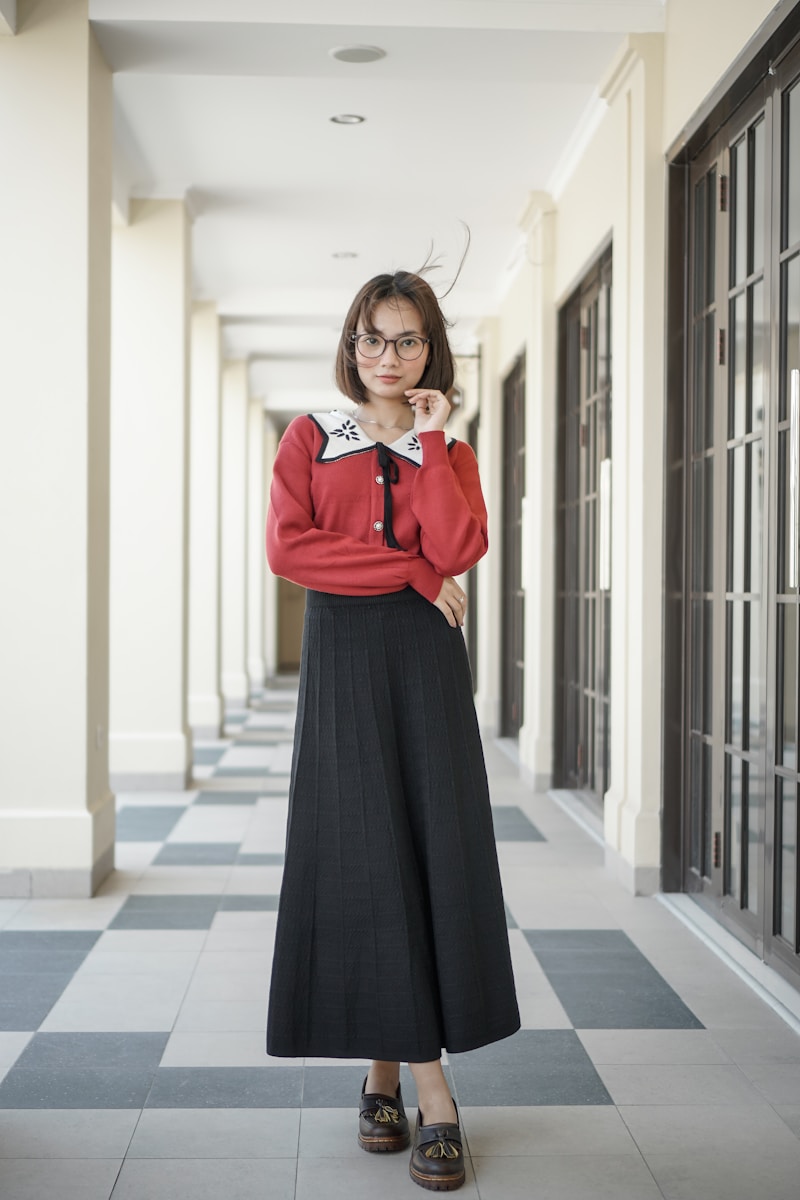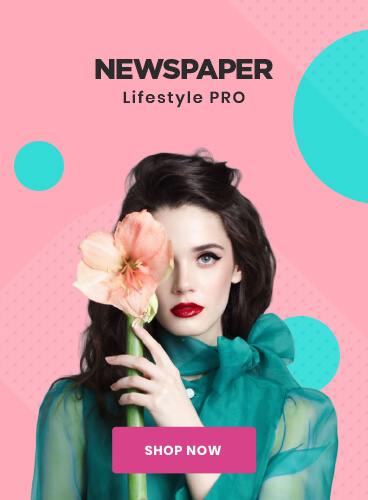In fashion, the rules were once rigid: stripes didn’t go with florals, polka dots clashed with plaid, and too many patterns in one outfit spelled disaster. But in today’s style landscape, those rules have not only been rewritten—they’ve been joyfully discarded. Modern dressing embraces the unexpected, and nowhere is that more evident than in the thrilling trend of print pairing.
From polka dots to abstract art, tartan checks to wild squiggles, patterns are no longer reserved for standalone statements. They are now meant to mingle—creating visual energy, stylistic surprise, and a healthy dose of personality. Fashion-forward dressers aren’t shying away from clashing motifs—they’re curating them with an eye for contrast, harmony, and fun.
This essay explores how prints—specifically dots, plaids, and abstract patterns—can coexist in the same outfit without competing. More than a how-to guide, it’s a deep dive into why these print pairings work, how they speak to evolving fashion psychology, and how to wear them in a way that feels both fearless and refined.
The Rise of Maximalism: Why Print Mixing Matters
In a world where minimalism dominated the 2010s, the 2020s have ushered in a creative rebellion. As a response to uniform palettes, capsule wardrobes, and monochromatic dressing, many are now embracing maximalist fashion—a style movement that celebrates abundance, creativity, and personal expression.
Print pairing sits at the heart of this movement. It encourages risk-taking and self-expression, and it reflects a broader cultural shift: in an age of visual saturation (thanks, Instagram and TikTok), standing out matters more than fitting in. Pairing prints allows wearers to tell a story, draw the eye, and infuse their outfits with humor, joy, and identity.
In this context, dots, plaids, and abstracts are not just decorative—they’re narrative tools.
Polka Dots: The Playful Classic
Polka dots have been a fashion mainstay for decades. From 1950s pin-up style to avant-garde Japanese streetwear, dots are endlessly versatile. But their charm lies in their playfulness—dots are youthful without being childish, graphic without being harsh.
Why They Pair Well:
Polka dots provide a uniform visual rhythm, which helps anchor bolder prints. Their repetitive, predictable nature means they can balance out more chaotic or asymmetrical patterns.
Style Tip:
Dots + Abstracts: Choose a dot pattern in black and white, and pair it with an abstract print that shares one of those tones. The monochrome dots provide structure, while the abstract adds intrigue.
Dots + Plaids: Opt for micro-dots with large-scale plaid, or vice versa. The scale difference keeps the eye engaged and prevents visual overload.
Plaids: The Bold Foundation
Plaid, in all its forms—tartan, gingham, check—offers structure, history, and a dose of punk-rock or preppy edge. It’s one of the most recognizable patterns in fashion and evokes a range of associations, from British school uniforms to 1990s grunge.
Why They Pair Well:
Plaid is geometric and grid-based, which gives it a graphic clarity. It works well as a base pattern, especially in muted colors, and can harmonize with more fluid or organic prints.
Style Tip:
Plaid + Dots: Think of a neutral plaid midi skirt with a whimsical dotted blouse. If the colors sit within the same family (e.g., navy, cream, and rust), the contrast feels cohesive.
Plaid + Abstracts: Try clashing a plaid blazer with an abstract print dress or blouse. Choose prints that differ in line quality—sharp versus soft—to create a striking interplay.
Abstract Prints: The Wild Card
Abstract patterns defy logic. They can be squiggles, brushstrokes, splashes, digital glitches, or anything in between. Abstracts don’t follow rules—they make them.
These prints bring movement, spontaneity, and modernity to any look. Often inspired by fine art, they evoke feelings rather than order, making them perfect for fashion risk-takers.
Why They Pair Well:
Abstracts add fluidity to structured prints like dots and plaids. They bring a sense of the unexpected and disrupt predictability. When paired intentionally, they elevate even the simplest silhouette.
Style Tip:
Abstract + Dots: Keep one element minimalist—a black abstract printed top, for example—and pair it with large polka-dotted trousers. Let one print take visual priority.
Abstract + Plaid: Use accessories like scarves, shoes, or bags in abstract prints to soften a strong plaid suit or coat.
Scaling the Prints: The Key to Balance
When mixing prints, scale is your secret weapon. Combining prints of the same size can feel too busy or jarring. Instead, aim for variety in scale:
Large with small: Pair oversized polka dots with fine check plaid.
Dense with spacious: If one print is tight and detailed, the other should have breathing room.
Vertical with scattered: Linear plaid pairs beautifully with random abstract splashes.
This strategic mixing guides the eye and avoids visual clutter, creating an outfit that looks deliberate—not chaotic.
Anchoring the Chaos: Color Cohesion
Print mixing works best when there’s a color thread running through the outfit. You don’t need everything to match, but you do need a palette that feels connected. Here’s how to do it:
Pick a dominant color: Let one hue show up in both prints.
Use neutrals as a buffer: A white shirt or black trousers can break up the visual intensity.
Monochrome magic: Mixing black-and-white patterns is almost foolproof. The lack of color lets shape and texture take center stage.
When in doubt, start with two prints in the same color family and build from there.
Unexpected Pairings That Work
If you’re feeling adventurous, here are some surprising pairings that break the rules in the best ways:
Leopard + Plaid: The classic meets the wild. Works best in neutral tones—think tan plaid and brown leopard.
Floral + Dots: The romance of florals gets a retro twist with dots. Keep both prints delicate to avoid visual overload.
Stripes + Abstracts: Linear patterns create contrast with irregular shapes, giving your outfit energy and movement.
Remember, confidence is the final accessory. If you wear a bold combo like you meant it, it will work.
Texture and Silhouette: The Supporting Cast
Bold print pairing is a visual feast, but texture and shape help ground the look. If your outfit is print-heavy, go easy on embellishments. A printed chiffon blouse will behave differently from a cotton one. A tailored jacket will elevate even the most playful print mash-up.
Keep silhouettes clean and intentional. Let the prints do the heavy lifting while your outfit’s shape provides structure.
Why Print Pairing Resonates Today
Beyond aesthetics, the rise in print mixing reflects a deeper cultural movement. In a fragmented, hybrid world, contradictions coexist—and fashion mirrors that reality. Mixing prints is an act of personal curation. It reflects complexity, duality, and freedom from strict rules.
Social media has also democratized style. Everyday people, not just editors or influencers, now dictate trends. The DIY nature of print mixing—throwing on what feels right—aligns perfectly with this grassroots approach.
More than anything, print pairing is fun. It brings color, energy, and optimism into our wardrobes—something we could all use more of.
Final Thoughts: Wearing Confidence in Every Pattern
Print mixing—especially with dots, plaids, and abstract designs—is not about being outrageous. It’s about being authentic, expressing the layered, textured identities we carry within. In the era of personal branding and self-styling, fashion is no longer about fitting in. It’s about curating your own visual language.
So go ahead. Pair that polka dot blouse with a plaid mini skirt. Throw on an abstract-print scarf for good measure. Whether you’re headed to the office, a dinner date, or just walking your dog, let your prints clash, complement, and converse.
Because in the grand mosaic of style, a little pattern play is not just permissible—it’s powerful.



